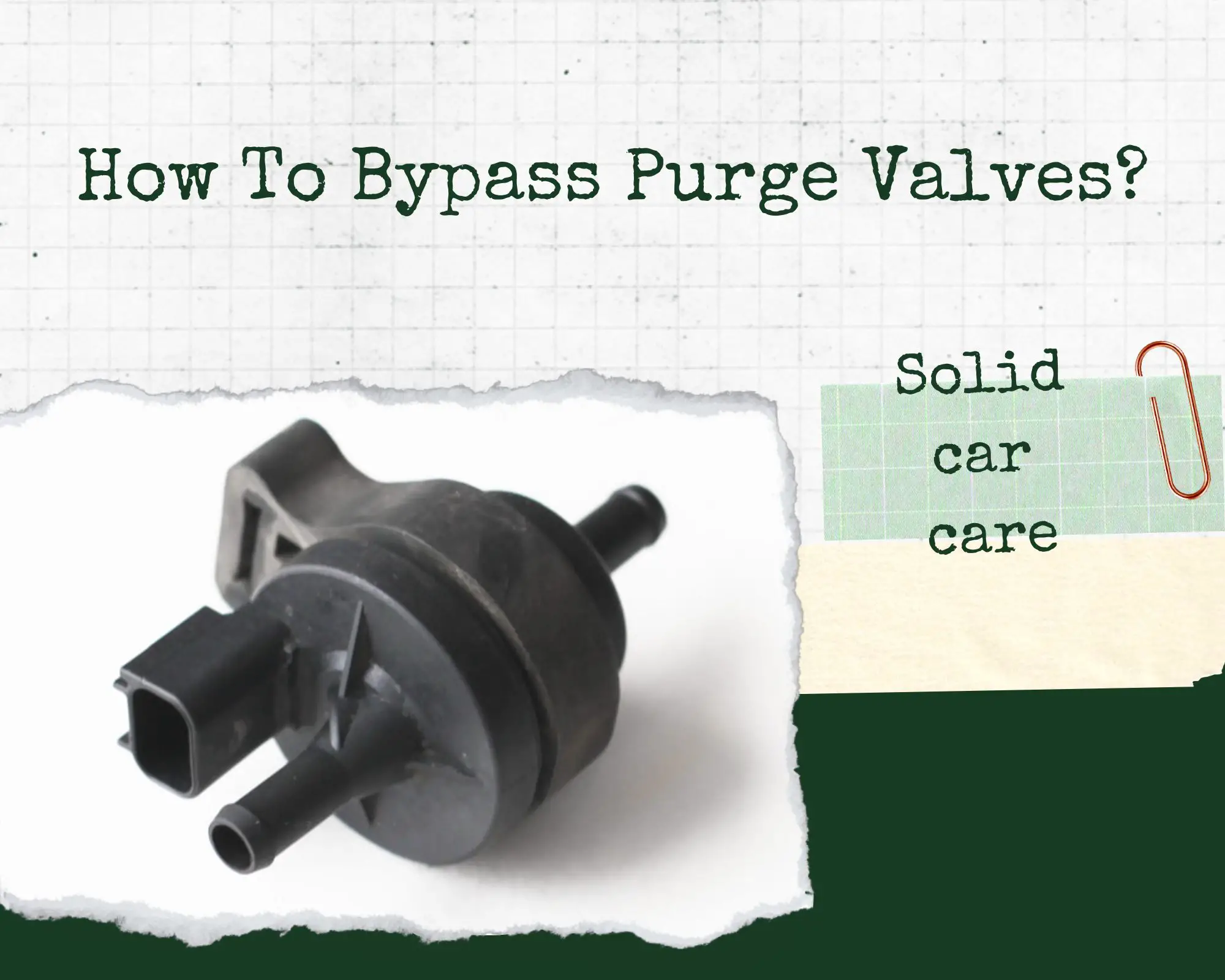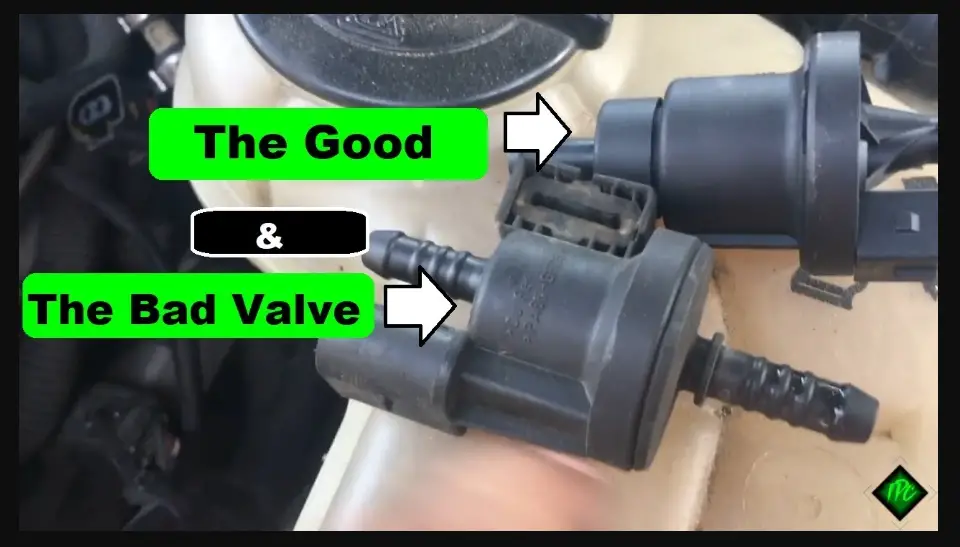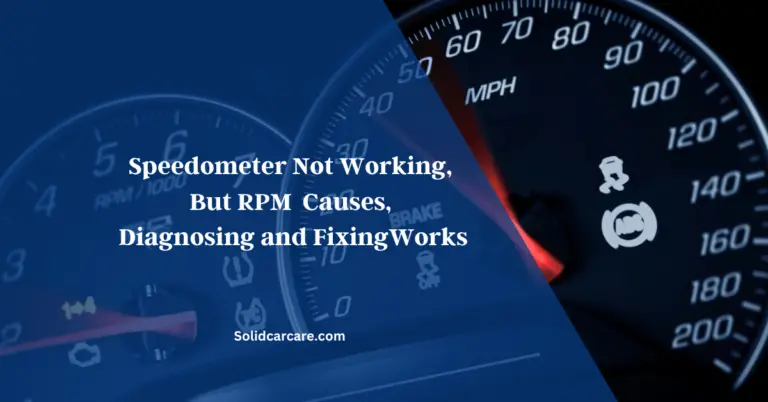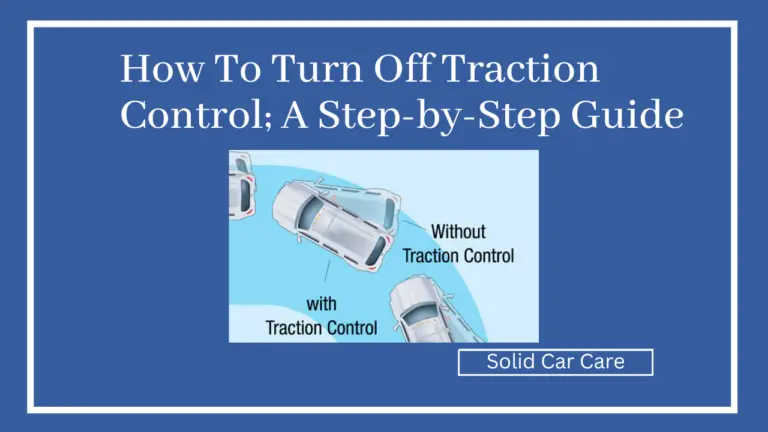How To Bypass Purge Valves?

Did you know that a faulty purge valve is one of the most common reasons for check engine lights to illuminate in vehicles?
It’s a frustrating issue that can leave you feeling helpless and unsure of what to do next. But fear not! In this article, we will explore the possibility of bypassing the purge valve, providing you with a potential solution to your problem.
By the end of this discussion, you’ll have a better understanding of the risks involved and whether or not it’s worth pursuing this route.
So, let’s dive into the world of purge valves and explore the possibilities that lie ahead.
Table of Contents
- Key Takeaways
- Understanding the Purge Valve
- Signs of a Faulty Purge Valve
- Risks and Consequences of Bypassing
- Troubleshooting and Fixing Purge Valve Issues
- Seeking Professional Help for Purge Valve Problems
- Conclusion
- FAQs
Key Takeaways
- Bypassing the purge valve is illegal in many jurisdictions and can have harmful consequences.
- Bypassing the purge valve can contribute to increased air pollution by releasing unburnt fuel vapors into the atmosphere.
- Bypassing the purge valve can lead to engine damage due to improper fuel pressure regulation.
- Bypassing the purge valve can increase the risk of fuel leaks and fires, compromising safety.
Understanding the Purge Valve
To understand the purge valve, it’s important to grasp its function within the vehicle’s emissions control system. The purge valve is a critical component that helps reduce harmful emissions by controlling the flow of fuel vapors from the fuel tank to the engine.
Its primary function is to route these vapors to the engine’s intake manifold, where they can be burned during combustion. This process prevents the release of unburnt fuel vapors into the atmosphere, reducing air pollution.
In operation, the purge valve opens and closes in response to signals from the engine control unit. It’s crucial for maintaining the proper air-fuel mixture and fuel pressure in the system.
To ensure its optimal performance, regular maintenance is necessary, including cleaning and inspection for any signs of damage or blockages. In case of malfunction, timely purge valve replacement is recommended to maintain the vehicle’s emissions control system efficiency.
Signs of a Faulty Purge Valve
If you suspect that your car’s purge valve is faulty, there are several signs you can look out for to confirm your suspicions:

- Check Engine Light: A common symptom of a bad purge valve is an illuminated check engine light on your dashboard. This indicates that the vehicle’s onboard computer has detected a problem with the purge valve or the evaporative emissions system.
- Rough Idling: A faulty purge valve can cause the engine to idle roughly or even stall. This is because the valve is responsible for controlling the flow of fuel vapors into the engine, and if it isn’t functioning properly, it can disrupt the engine’s air-fuel mixture.
- Increased Fuel Consumption: Another sign of a bad purge valve is increased fuel consumption. This occurs because a faulty valve can allow excess fuel vapors to escape into the atmosphere instead of being burned in the engine.
- Fuel Smell: If you notice a strong smell of fuel coming from your vehicle, it may be a sign of a malfunctioning purge valve. The valve is designed to prevent fuel vapors from escaping into the atmosphere, so a faulty valve can result in a noticeable fuel odor.
If you experience any of these symptoms, it’s important to have your purge valve tested and, if necessary, replaced by a qualified mechanic. The purge valve plays a crucial role in the fuel system, ensuring that fuel vapors are properly controlled and burned in the engine, reducing emissions and improving overall engine performance.
Risks and Consequences of Bypassing
Bypassing the purge valve can have serious legal and mechanical implications, posing risks and consequences that shouldn’t be taken lightly.
The risks associated with bypassing the purge valve include environmental impact, engine damage, and safety hazards. By bypassing the purge valve, you’re increasing air pollution as the valve is responsible for routing unburnt fuel vapors back to the engine for combustion, reducing emissions. Bypassing the valve releases these vapors into the atmosphere, contributing to air pollution.
Additionally, the purge valve helps regulate fuel pressure in the system, and bypassing it can lead to improper fuel pressure, potentially causing engine damage.
Lastly, the purge valve plays a role in preventing fuel leaks and fires, and bypassing it can increase the risk of such safety hazards.
It’s important to consider these risks and consequences and seek proper solutions rather than bypassing the purge valve.
Troubleshooting and Fixing Purge Valve Issues
When troubleshooting and fixing purge valve issues, it’s important to thoroughly inspect the vacuum lines and connectors for any signs of leaks or cracks. Here are some steps you can take to diagnose and fix the problem:
- Check for vacuum leaks: Inspect the vacuum lines and connectors connected to the purge valve. Look for any signs of leaks or cracks that may be causing a loss of vacuum pressure.
- Test the purge valve solenoid: Use a multimeter to test the electrical continuity of the purge valve solenoid. Make sure it’s functioning properly and receiving the correct voltage.
- Clean the purge valve: If the purge valve is clogged with dirt or debris, it may not function correctly. Use a suitable cleaning solution and a brush to remove any obstructions.
- Replace the purge valve: If all else fails, and the purge valve is faulty or damaged, it may need to be replaced. Consult your vehicle’s service manual for the correct procedure.
Understanding the purge valve system is essential for troubleshooting and fixing any issues that may arise. By following these steps, you can effectively diagnose and resolve purge valve problems.
Seeking Professional Help for Purge Valve Problems
To effectively address purge valve problems, it’s advisable to seek the expertise of a qualified mechanic who can diagnose and resolve the issue with precision and ensure the proper functioning of your vehicle’s emissions control system.
Regular car maintenance is crucial to prevent and address engine problems, including issues with the purge valve. Consulting a mechanic offers several benefits, such as their technical knowledge and experience in dealing with emissions control systems. They can accurately diagnose the problem by analyzing common symptoms of engine problems, such as rough idling or decreased fuel efficiency.
Understanding the role of emissions control systems is essential, as they play a crucial role in reducing vehicle emissions and minimizing the environmental impact.
Conclusion
In conclusion, while bypassing the purge valve may seem like a quick fix for your car troubles, it’s important to consider the legal and environmental consequences.
Bypassing the purge valve can lead to increased emissions and potential damage to your vehicle’s engine.
It’s recommended to troubleshoot and fix purge valve issues properly or seek professional help to ensure a safe and reliable driving experience.
FAQs
Can a faulty purge valve cause a misfire?
It can definitely cause a misfire since the purge valve in a car’s EVAP system is what brings fuel vapours back into the car’s combustion chamber.
Is there a way to test a purge valve?
Yes! You can do a multimeter test. Set your multimeter to Ohms, put the probes on the power terminals of the purge valve, and check for resistance between the terminals. If the reading is below 22 Ohms or above 30 Ohms, the purge valve is damaged and needs to be replaced.






